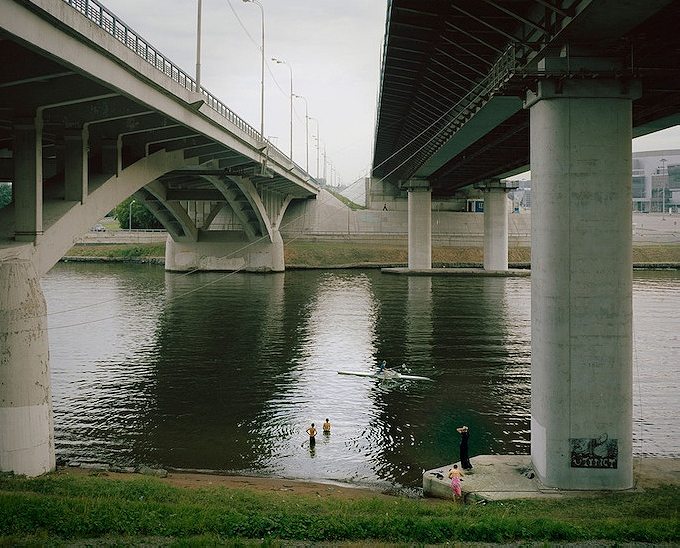A landscape photographer explores the outskirts of Moscow in a new book called “Pastoral.”
Though many describe him as a winter landscape photographer, there’s not much snow in Alexander Gronsky’s first book. The Russian artist – who was born and grew up in Estonia – was always fascinated by his native country, where he shoots 90% of his work today. But sand and greenery replace his winter inclination in “Pastoral”, a four-year exploration into Moscow’s suburbs. Set against the infamous Soviet blocs that line the horizon, his photos portray unexpected and sometimes idyllic places stuck between the city and the countryside. He spoke to R&K from his home in Riga.
R&K: You’ve lived in several countries in the area. Why did you pick Moscow for this project?
Gronsky: Because I was living in Moscow at that point. I was so tired of these huge distances, huge trips, so for my next project I wanted to find a place that would be convenient. I could imagine shooting anywhere on Earth, except the places where I lived, actually, so yes it was my first experience in taking pictures where I live.
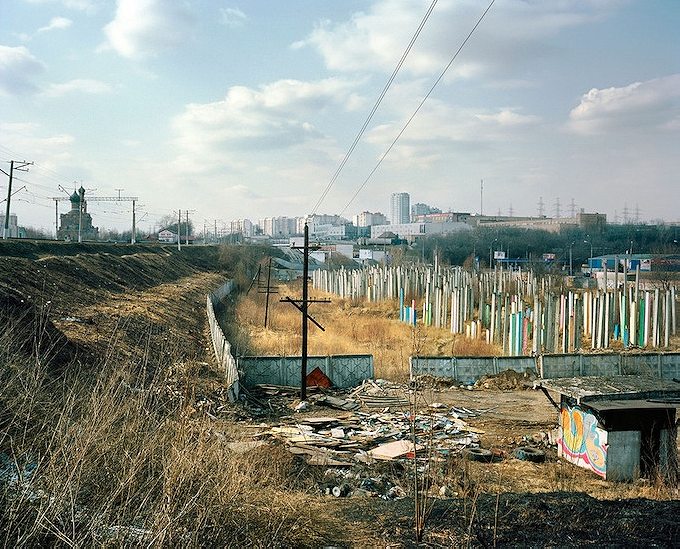
R&K: But these places are actually not that close to the city center, right?
Gronsky: Yes of course, they are somewhere between 10 to 20 kilometers from the center of the city. Moscow is quite huge and at that moment I had already lived three years there and I still never could imagine myself somewhere in the outskirts because it felt like a totally different country. You lose your orientation, nothing is familiar, and these are huge, unexplored areas.
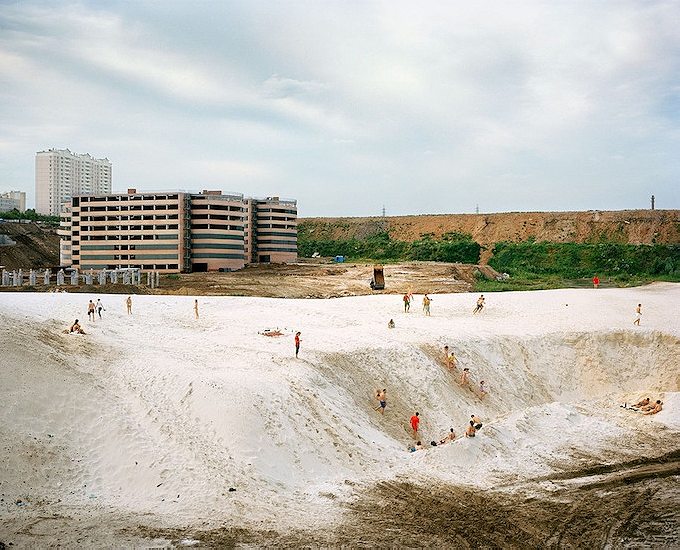
R&K: So how did you select these places?
Gronsky: I was quite cautious. At first I walked around the last stops of the subway, then I moved a bit further and further. I heard that some areas were very special, some places I liked more than others, and it took me about two years to explore more or less all of the Moscow surroundings. Then I focused on the ones I found the most rewarding.
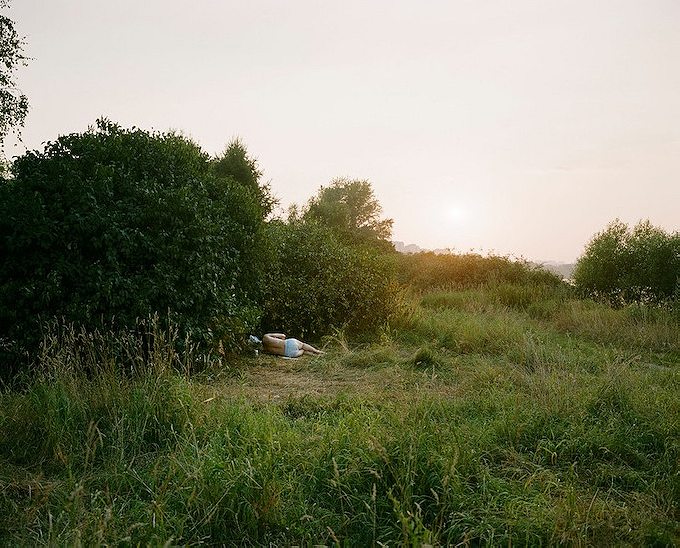
THESE PLACES CAN BE QUITE SHADY […] BUT IN THE SUMMER, THEY BECOME RESORT AREAS
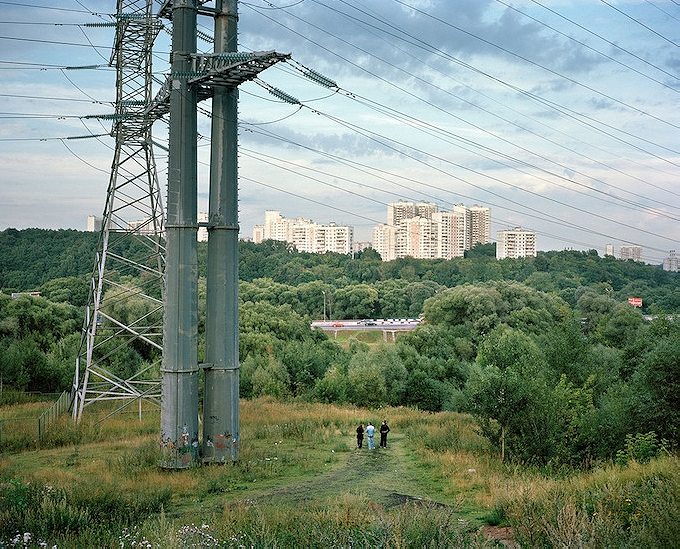
R&K: These photos are extremely different from what we would expect to see of Moscow. Was it important for you to show a different side of the city?
Gronsky: Not really, because I expected Moscow suburbs to be like that. It’s a common sight of the post-Soviet periphery of a big town, so in Moscow like any city in Russia you get pretty much the same landscape. I think it was my tribute to that landscape because it’s the one of my childhood. When you’re a teenager, you go mostly to that periphery because you can do whatever you want there. The rules only function in cities.
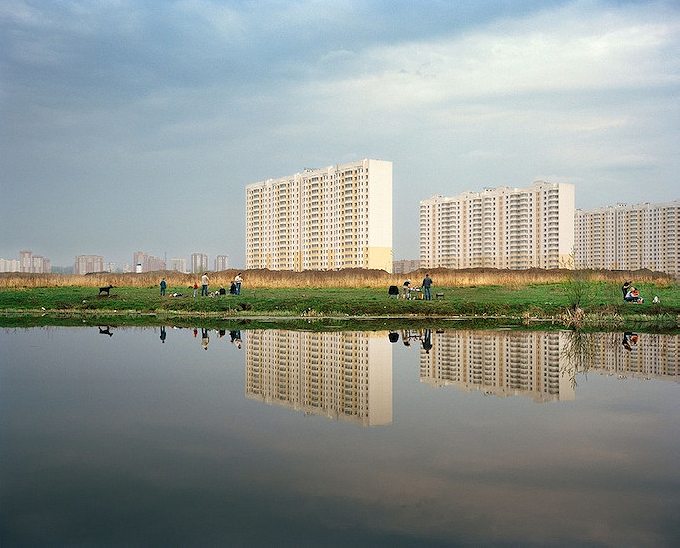
Gronsky: These places can be quite shady, you might see a car that was dismantled for car parts in the woods or something, but in the summer, they become resort areas. All these dirty creeks that have this dangerous feel in the winter or in spring or in autumn, during the summer people bathe in the rivers and lakes, they sunbathe… I really enjoyed these areas and I like looking at what happens there, how people inhabit the spaces.
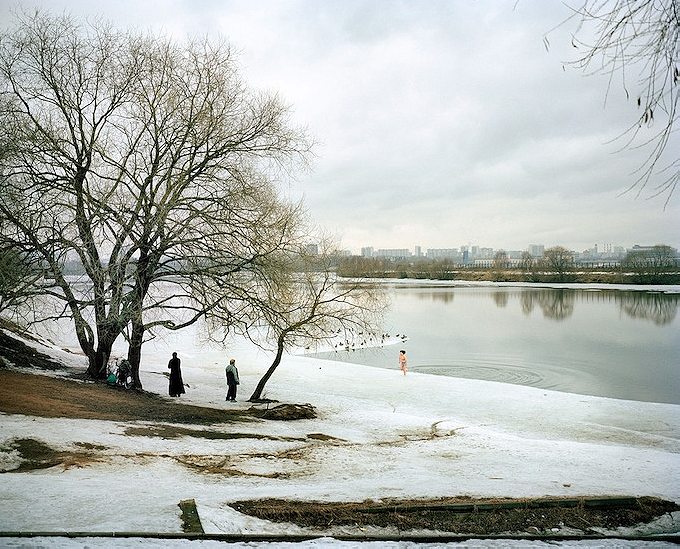
R&K: These places look so empty and desolate. Is that really the case or is it how you chose to portray them?
Gronsky: It is the case. I was actually looking for people in the shots, so I think my pictures are actually more inhabited than reality.
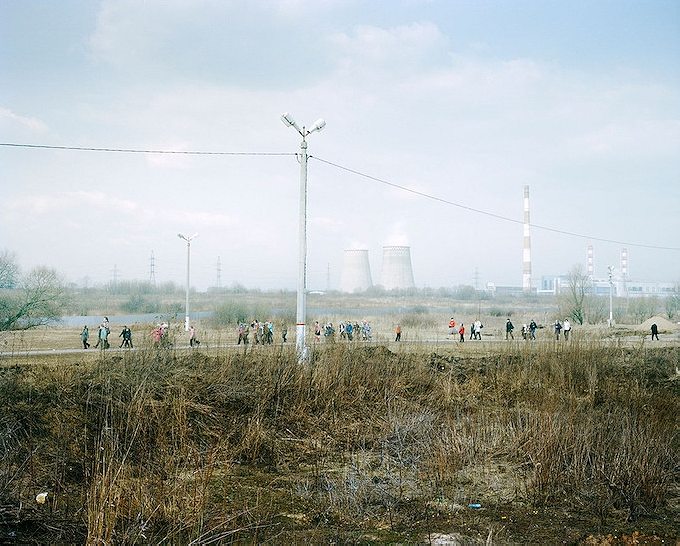
‘PASTORAL’ REFERS TO THE SPACE AS SOME SORT OF SUBSTANCE TO BE DISCOVERED, SOMETHING THAT NEEDS TO BE FELT NOT ONLY WITH THE EYES

R&K: But you still managed to shoot the pictures in quite a romanticized way.
Gronsky: Yes, it’s a huge cliché to put some Romantic paintings of the 17th century in context of any photographic landscape but these landscapes have formed our idea of beautiful. So when you want to make something beautiful, you use the same practices that romanticist painters would use: early or late hours when the sun is low, when there is some dramatic light, etc. These paintings have developed a language and I of course refer to it.

R&K: There’s not much snow in your pictures, as opposed to much of your other work. Why?
Gronsky: The effect of the snow landscape somehow didn’t fit this project. I shoot a lot of winter landscapes but for some reason, there is something very different in terms of dimensions.
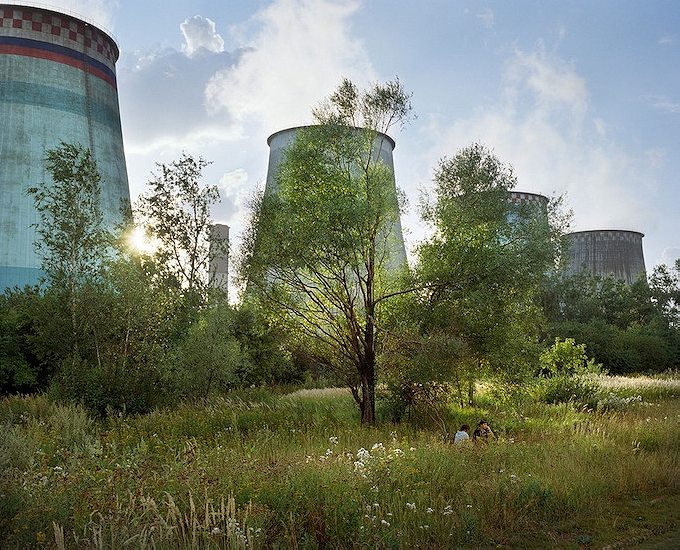
Gronsky: There is this representation of space that I have with snow that is so unique that I excluded almost all winter pictures from “Pastoral”. They made it into the “Edge” series – they are the same outskirts of Moscow only in the winter, so they have such a different feel. I mean, these winter landscapes are very much about design, about lines and the flatness of the image. It brought something very graphic and abstract. “Pastoral” refers to the space as some sort of substance to be discovered, something that needs to be felt not only with the eyes.

R&K: Yes, because it explores how people interact with nature and I imagine that with snow, that’s also very different…
Gronsky: Yes exactly, with the snow, the interaction is quite boring. It’s also different on an emotional level. In the winter, the relation between human and landscape is more sterile, it’s cleaner, you don’t really touch the soil, you have this boundary between you and the landscape. You don’t really lie on the ground and take in the landscape.
